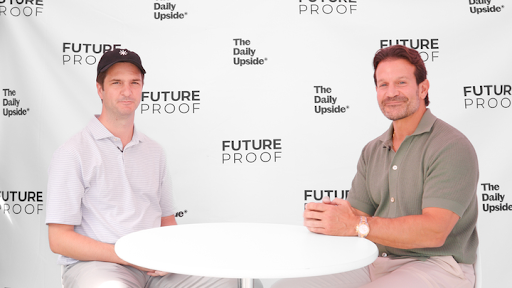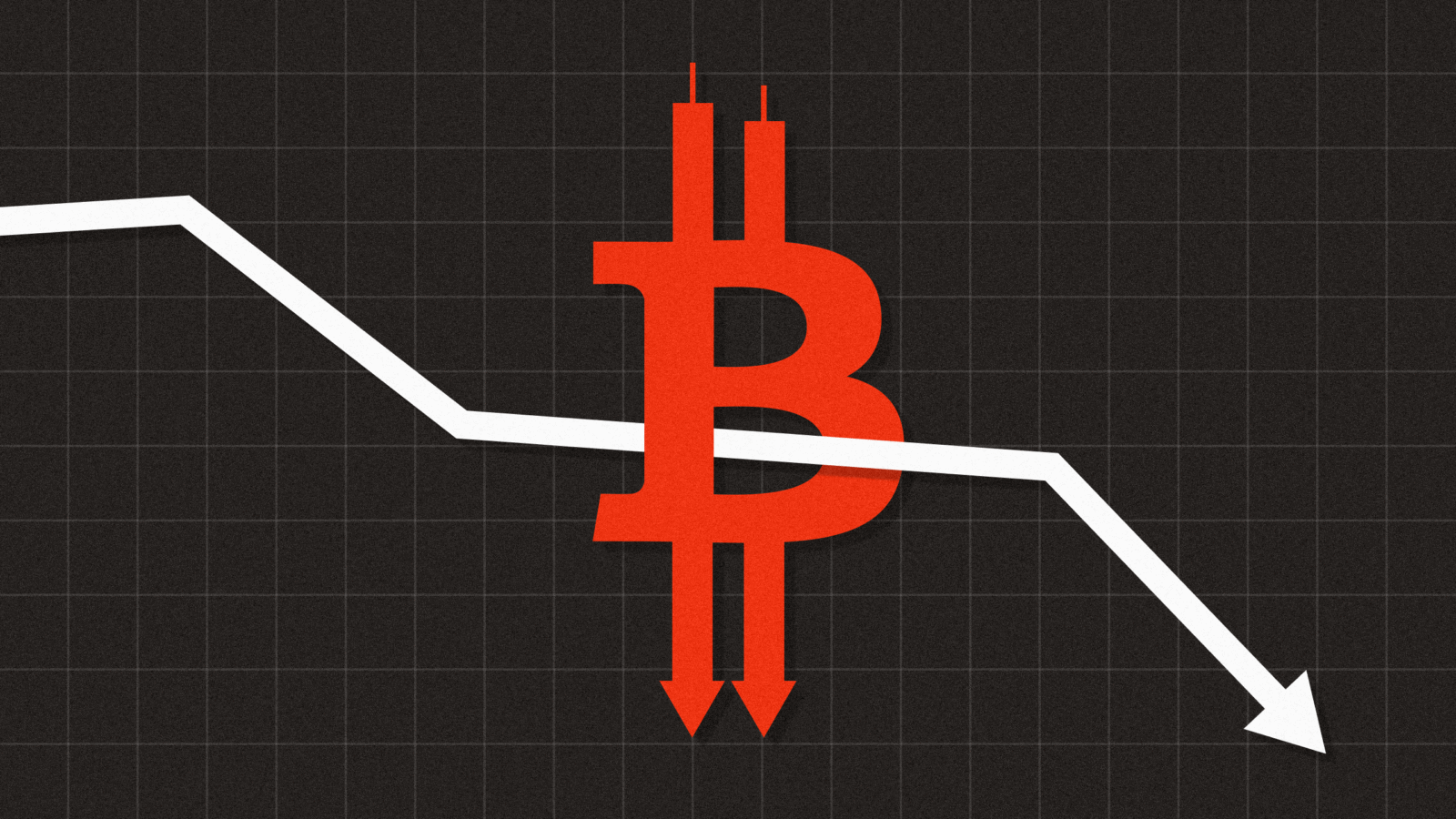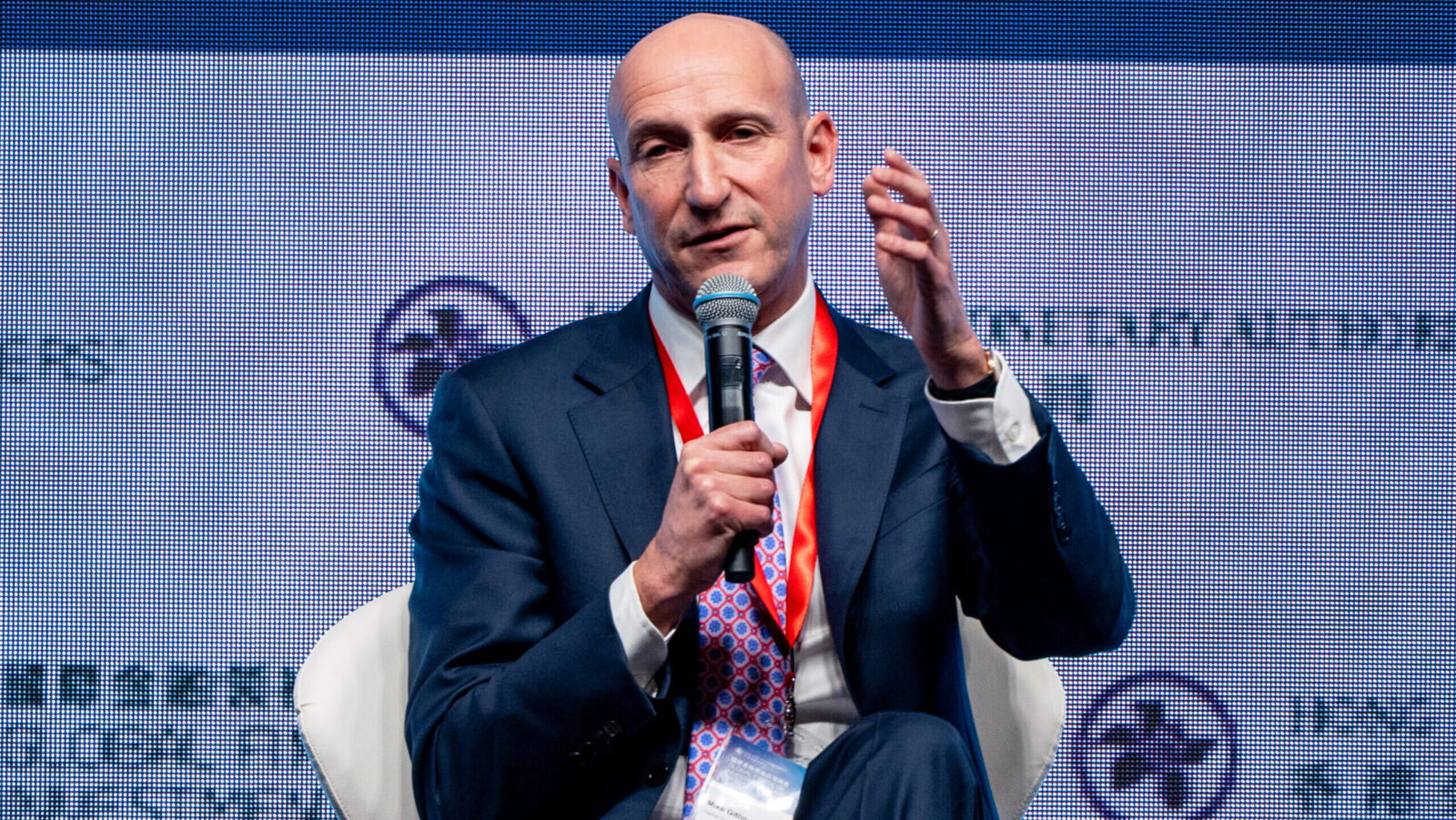CION’s Mark Gatto Discusses how Advisors Can Assess the Exploding World of Alternative Investments

We had the chance to sit down with Mark Gatto, Co-founder and Co-CEO of CION Investments, to unpack a theme on the mind of many advisors: diversifying into alternative investments in an efficient manner for clients.
While it’s clear that many clients are interested in alts, doing so effectively requires a different set of muscles, from manager diligence, to financial and liquidity planning, to risk management. Let’s dive in.
The Daily Upside: The market for alternatives is growing significantly, with a lot of interest being driven by individual investors. What is the total size of this market and what does the runway look like?
Mark Gatto: Private market alternative investments are currently at $22 trillion and are on pace to almost triple by 2032 to $65 trillion. A primary driver of this growth is individual investors looking to enhance returns. Recent industry surveys show that 70% of individual investors are open to investing in alternatives, if they are recommended by their financial advisors.
At the same time, the average financial advisor allocation to alternatives is only 5%, and currently only about 50% of advisors surveyed are using alternatives, leaving significant room for adoption. On the manager side of the equation, surveys show that 13% of alternative assets come from retail today, but that’s expected to grow to 23% by 2026.
The Daily Upside: One of the biggest historical challenges has been accessibility. Can you tell us how this has evolved and what it means for clients?
Mark Gatto: That’s exactly right. Looking back just a few years and much of the landscape had seven figure investment minimums, decade-long hold periods and individual investors were largely locked out. More recently we’ve seen huge innovation in structure with semi-liquid funds that can bridge this gap such as closed end funds or interval funds, and the growth of business development companies.
BDC’s grew assets at a 36% CAGR for the five years ended in 2023, and interval funds grew at a 22% CAGR over the same period. It’s been similar in interval funds, where you had just 10 funds a decade ago scaling to 93 at the end of 2023. We don’t see that slowing down, with over 80 new SEC filings in 2024. And we believe that these types of funds will be critical for advisors looking to allocate to alternative investments.
The Daily Upside: What would you say is the biggest pain point for advisors? Or said another way, what are some of the non-negotiables?
Mark Gatto: One of the biggest things is simply educating yourself before wading into these waters. These products can be complicated, it’s not as simple as trading in and out of an ETF, and it’s critical to work with qualified managers who are committed to providing that knowledge and education about how their products work. This is a trust-based business and when you are selecting institutional managers it’s imperative you go through an extensive due diligence process to make sure you understand all the intricacies. Advisors should be assessing track record, team stability, reporting, redemption windows, valuation policies, incentive alignment, regulatory track record. There are no shortcuts in that regard.
The Daily Upside: Given the volatility and uncertainty in the markets, what types of alt strategies are resonating with investors?
Mark Gatto: We’re currently in an unpredictable environment in which rates may be poised to drop given the softening of the labor market, but that may only be a temporary lift to markets. Private markets are somewhat insulated from the vulnerability to the news cycle that the public markets fall victim to, but selecting asset classes that can offer specific characteristics can expand the efficient frontier of a portfolio, for example, private credit seeks to offer stable income and may benefit from higher interest rates, and the assets are very short duration, which could significantly reduce interest rate risk. Infrastructure, one of the fastest growing asset classes in the space, features assets that have high barriers to entry and often are contractually protected from inflation.
The Daily Upside: Thank you very much Mark. We’d encourage everyone to explore CION Investments.










